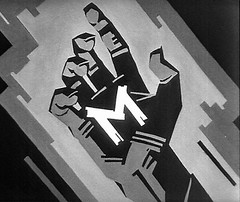
i developed a research paper on Prohibition for my final exam in Political History and i enjoyed it very much. but apart from learning a lot on the matter, i remembered and included in my paper the following story i am simply crazy about. I've read the story in Jon Steel's "Truth, lies and advertising: The Art of Account Planning" and it went about as follows.
The mongoose hadn’t always in Hawaii; in fact there is just one type of mammal naturally living there, similar to a bat, the rest being brought either intentionally or accidentally, as clandestine passengers on the ships coming from the US or Polynesia. Among the latter, there were the rats, who didn’t encounter any natural enemies on the island. Therefore, their number increased very quickly, and so did the damage they caused to the sugar plantations on the island. Desperate and frustrated, plantation owners started research in order to find a predator able to eliminate the rats. It turned out that the animal they were looking for had to be very resistant as to adapt easily to the new environment, to have the strength necessary in order to stand up to the rats, and the capacity to increase in number very quickly. All these traits drove to the Indian mongoose, which also passed all laboratory tests meant to show that this animal would easily eliminate rats. Mongooses were brought to Hawaii and spread all over the island.
However, it turned out that the damage caused by rats was the same. Reason? Nobody took into consideration one very important aspect: the mongoose was a day predator while rats are night animals. So the mongooses not only failed to eliminate the rat peril, but also started to cause their own damage, by eating hens and chickens and eggs. The experiment resulted into a disaster, despite all tests and research.
It seems to me that this example can be extrapolated and applied to the case of Prohibition in the United States. “The Noble Experiment”, as the national prohibition of manufacture, sell and transport of alcohol between 1920 and 1933 is known, was meant to reduce the rate of crime and corruption, to reduce the burden of taxes coming from prisons and poorhouses, as well as to improve the level of health and hygiene in America, in other words to solve most of the social problems with which the US confronted at the time. However, the results of this experiment classify it as a failure at all levels.
and i'm not going to continue here, but my paper went on with the demonstration. it feels good to develop such papers from time to time...


No comments:
Post a Comment